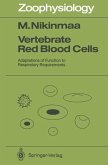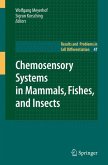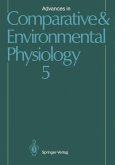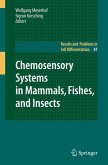This volume contains manuscripts based upon talks presented at the International Symposium on Signal Transduction in Photoreceptor Cells which was held at the Forschungszentrum Jiilich August 8-11, 1990. The meeting was dedicated to the memory of Hermann Kuhn who made major contributions to our understand ing of transduction pathways in visual cells. Presentations at the meeting were organized around the following topics: (1) Rhodopsin Structure and Function, (2) Transducin and Phosphodiesterase, (3) Arrestin and Kinase, (4) The cGMP-gated 2 channel, (5) Role of Ca + in Photoreceptors, and (6) Transduction in Inverte brates. In a Plenary Lecture, D. Oesterhelt (Martinsried, FRG) described the sen sory transduction system of the halobacteria. These primitive organisms employ several retinal-containing pigments for sensory and ion-translocation purposes. Their study is intrinsically interesting as well as serving as potential models for the understanding of more complex systems. Study of the structure and function of rhodopsin has been greatly aided by use of the methods of molecular biology. T. Sakmar (Cambridge, MA, USA) described his use of site specific mutagenesis to make systematic substitutions of charged residues in the transmembrane helices of rhodopsin, leading to iden tification of the particular glutamic acid residue that serves as a counterion for the protonated Schiff base. Vertebrate rhodopsin has also been cloned and ex pressed in the baculovirus system, (W. DeGrip, Nijmegen, The Netherlands) which should facilitate production of sufficient quantities of mutant rhodopsin to allow biophysical studies.
Hinweis: Dieser Artikel kann nur an eine deutsche Lieferadresse ausgeliefert werden.
Hinweis: Dieser Artikel kann nur an eine deutsche Lieferadresse ausgeliefert werden.








